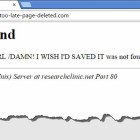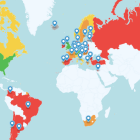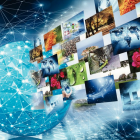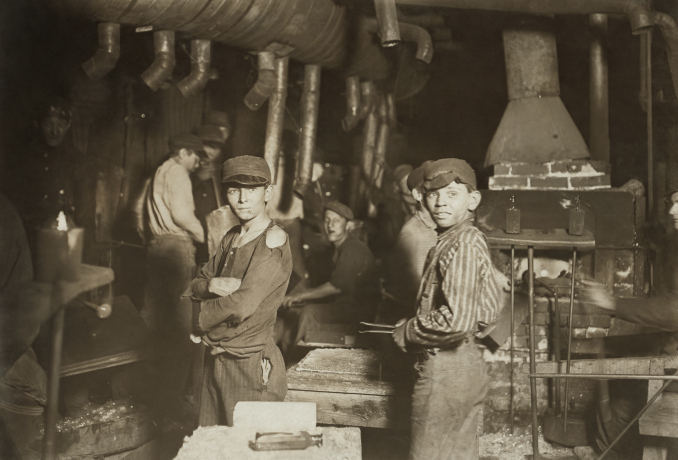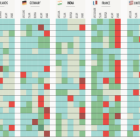Methodology
When Virtual Reality Meets Data Journalism
|
Isn’t the best journalism always immersive? Whether it’s Walter Kronkite’s journalistic take on history “You are There” from the 1950s or Declan Walsh’s mobile phone reporting from Syria in June, the best journalism makes you feel like you are part of the story.

